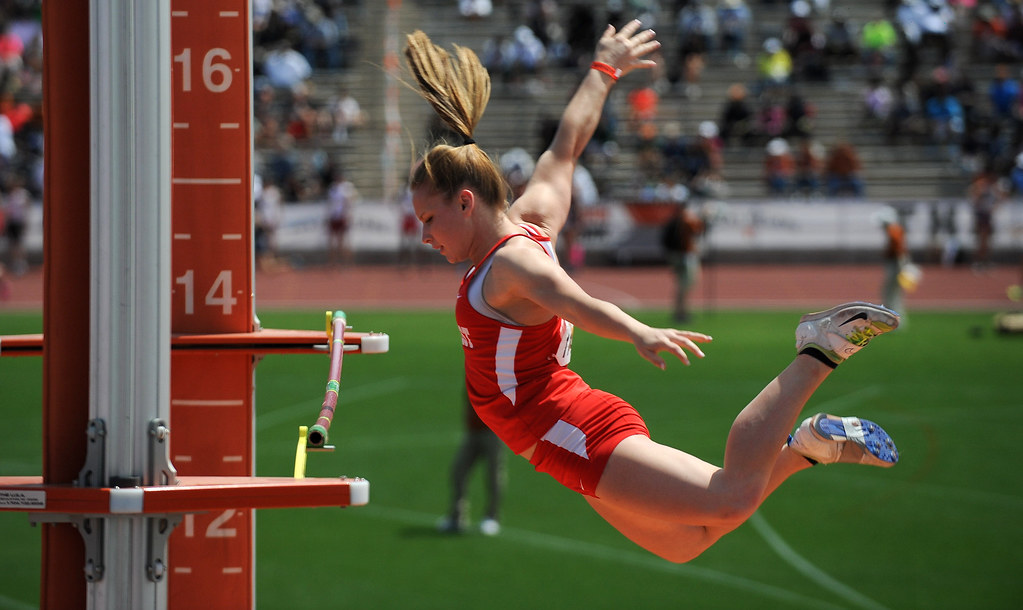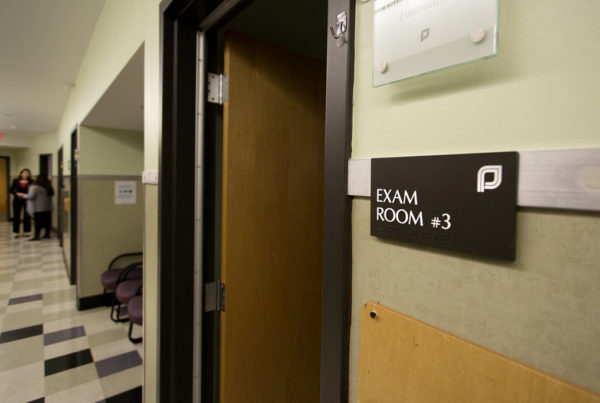Most of the time, conversations about brain health and sports have focused on football. And most of the data researchers have on this issue is from NFL players.
Now, a new study aims to broaden the scope of what we know about brain wellness. It’s including both men and women who were high athletic performers in college and the researchers want to include people who played one of many different sports.
Munro Cullum, Ph.D. is co-principal investigator for the College Level Aging Athlete Study (CLEAATS). He’s a professor with the University of Texas Southwestern Peter O’Donnell Jr. Brain Institute. The study is supported by the Darrell K Royal Research Fund.
Cullum spoke with the Texas Standard about what makes this study unique and what he expects to learn. Listen to the interview in the player above or read the transcript below.
This transcript has been edited lightly for clarity.
Texas Standard: How much information do we have right now about the long-term brain health of college athletes?
Munro Cullum: Well, there’s actually not a lot known, quite honestly. As you aptly noted, much of the attention goes to professional-level football players and for the most part in the literature, too. There are current college studies going on, of current college athletes, so we’re learning much, much more about them. But about the aging process and the later-in-life outcomes from collegiate and high school sports, less is known.
Related: Texas 6A Schools Now Have To Report Sports Concussions
Who are you recruiting for your study?
We’re going to be looking for people over the age of 50 who participated in NCAA or NAIA sports for at least one full season in college. Importantly, we’re going to be recruiting males and females, as well, because not nearly as much is known about female concussion and even less is known about female concussion and aging and what happens later beyond the athletic years.
Women may be at greater risk for concussion due to a variety of factors that we don’t fully understand, quite honestly. It might be neck musculature, it might be hormonal factors contributing. So we hope to be one of the first studies to actually look at that in aging female athletes.
What do you expect the results to show from some of these sports that you’re including that might be thought of more as non-contact?
We’re including those groups for a couple of different reasons. One will be as a comparison with the contact sports. So that will have essentially control groups built in. Athletes, especially elite athletes that have played at the college level, they’re not, as I often say, not just the kid next door. They’ve experienced unique things during aspects of their training years, their athletic exposure years, as well as the concussion risk element. So we’re really interested in how things go for them later in life from a brain health standpoint, compared to those who were at different levels of contact sport engagement as well.
We’re anticipating that we’re going to see good outcomes for the vast majority of these people and arguably better outcomes than if they hadn’t participated in sports. But, you know, that’s why we’re doing the research to find out.
What would you say to someone who is concerned about sports participation because of the risk of concussion?
I strongly feel that sports participation is good for people. Athletics are good for people. Exercise is good for people. The risks are relatively low. There are also risks, perhaps even greater risk, in a sedentary lifestyle. So we now know that things that are bad for the heart are bad for the brain. So people sitting too much, eating too much, not getting good blood flow to the brain over the course of their lives is actually a significant health risk for the brain as we age. You know, the risk of concussion in any particular activity is relatively low. However, there’s a risk for concussion in everyday life in all that we do: walking up and down the stairs, you know, tripping on a sidewalk, things like that.
So we’re really interested in the concussion dimension as well as the head injury exposure dimension in the contact sports. But we also need to, very importantly, compare how those people are doing to others who have had lower concussion risk or fewer concussions.
Are you just looking for folks in Texas or are you looking for people everywhere?
Our initial kickoff for this will be kind of focusing on Texas, but we really want the study to go national. We hope to recruit initially 500 subjects to participate, and we hope it keeps going beyond that. Almost all of it is online, so it should be pretty easy for people to do. So we’re actually hoping to get even larger numbers than our initial plans.














